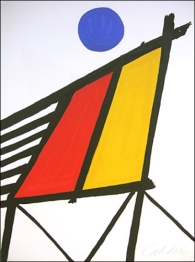SCULPTURE INVITES TACTILE INTERACTION

Family Group 1949 – Moore
Sculpture is a 3D object in space – the amount of space it displaces is its volume, the sense of solidity or bulk is its mass. It should invite tactile examination, inspection, interaction. The material chosen accordingly for its texture or feel – it is as important as its size, colour, imagery. Its size gives it strong impact, due to its 3D nature. Sculpture relates to life, more so than painting. It is often made life-size, and occupies the 3rd Dimension as we do. It can only relate to sculpture or art not to reality – not to what it represents, its structure (the muscle and flesh of the person or animal).
In the 20th Century the sculptural elements were revolutionised – artists looked at materials, methods, and imagery, then changed them. Mass and texture were changed by the modern materials now available – glass, plastic, perspex, sheet metal. Even soft sculptures were created using padded or stuffed pantihose/tights turned into grandmas and grandpas sitting in rocking chairs.
Volume was changed by the use of the void, which allowed space to be sculpted, space defined by the solid contours of mass. There was the development of the sculpting of the void, and the fact that the space created by the void altered the weight of the sculpture.

The Family of Man – Hepworth
The space occupied by a piece of sculpture, whether static, mechanized, motorized, affects the space it displaces – allowing the sculpture to interact with the air around it. In modern sculpture the whole concept of energy, time, movement, and space becomes a part of the work as does it imagery, material, structure and method.
In the Middle Ages, sculptures were human, animal or organic imagery. In the 20th Century, sculptures were just abstract shapes, with no narrative, no definition, no moral tale, no symbolism, no representational imagery. They were just pleasing organic, geometric, or linear shapes. Traditional materials in sculpture were clay (modelled), wood (carved), metal (cast), and stone (carved). The modern sculptures used these, plus plastic, perspex, sheet metal, aluminium, nylon threads – materials that were soft or supple or both. They mixed the media, which was a combination of the above.

Vertebrae – Moore
They extended collage into assemblage in Cubism. In the 20th Century they assembled by welding, gluing, nailing, screwing. The greatest invention was the void – it gave a whole new element, which was used aesthetically rather than functionally – it defined work in new idiom.
Electrification was a new element or dimension – to make sounds, music, songs; they could move, whizz, buzz, pop – they could interact with their space, and constantly change their visual aspect, therefore stimulating the viewer to be active. Concepts and theories of beauty changed – replaced by the 20th Century artists to reflect the quantum leaps by man in society during the turn of the century.
The Greeks and Romans saw beauty as apart from life, while the 20th Century artists saw beauty as involved with life. Some of their works were figurative, some cast in bronze, some carved from stone. But now artists had the choice to create the way they wished. There were Formal investigations done in 20th Century Sculpture.


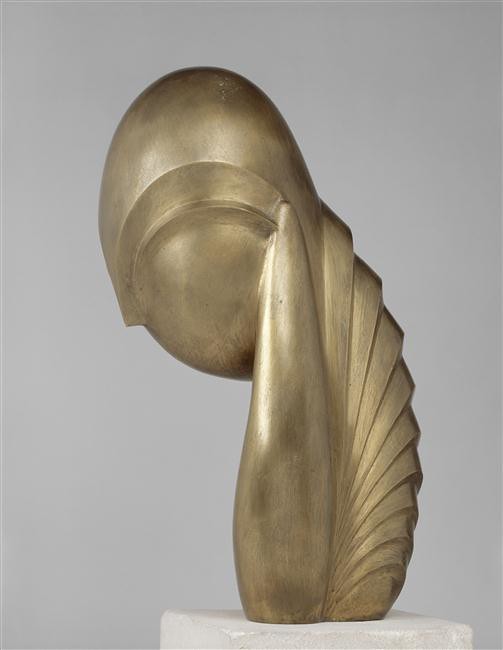
Mademoiselle Pogany – Brancusi
Constantine Brancusi: was a Romanian, with a unique understanding of materials. He simplified his subjects by abstracting to the limits in order to give the essence of the subject by eliminating all distracting details. He practised ‘truth to material’, as did Henry Moore and Barbara Hepworth – that is, what might look bad in wood, might look great in bronze. Brancusi considered the oval as a natural form, and explored the use of the ovoid shape in his art, working through in series, often on one theme through different degrees of abstraction to the simple oval. He progressed from Romantic naturalism to Abstraction, to elemental shapes.

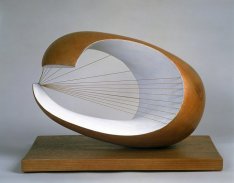
Pelagos 1946 – Hepworth – Wave 1943-44
Barbara Hepworth: was a British carver, who with her complex ideas created a sculptural vocabulary. She created works from the changing axis, swellings and varied sections of tree trunks to produce abstract forms of masses and planes – pure abstraction dictated by the essence of the material. In PELAGOS (1946) she stretched musical instrument strings across a void to create tension within the work. She was sensitive to the material’s qualities and allowed it to dictate the creation of the sculpture rather than force it to conform to a preconceived idea. She investigated ‘absence’ in sculptures as much as ‘presence’, and believed that sculptures were of the landscape and needed to be outdoors in the landscape, the air, the clouds, to be seen at their best – not shut away in Museums.



Nuclear Energy; Large Torso; Large Standing Figure – Moore
Henry Moore: was a carver, with most of his works carved. He also worked in ‘truth to material’ mode, and emerged as a major sculptor. He evolved through Surrealism and Constructivism to create a highly personal style that blends power and humanism. He used power and vitality – not just reproducing the image but showing the power and vitality of life. He preferred the female figure as reclining nudes, and mother and child motifs, for fertility, using solid masses with voids to accentuate the volume and reveal its thickness and mass. The voids let the viewer see through the sculpture, and view the landscape behind as part of the work. This allowed the sculpture to interact with its surroundings. When he worked in wood he made his shapes very biomorphic, following the grain and growth of the wood. When he worked in stone he created more static works, while his works in metal and bronze he retained a sense of fluidity of the molten metal.

Sculpture and Walking – Giacometti
Alberto Giacometti: was a modeller, using elongated figures, and was concerned with movement and space. He was a Surrealist sculptor and referred to the human anatomy and compact mass, but they had a transparent quality due to their elongation. He used the human body as a symbol for inner emptiness of life, of mankind. He used the inspiration of the deep level of the subconscious – reality beyond what we see, but within. His works appear like ‘Icons in a mirage.’


Musical Instruments – Lipchitz – Cubism Figure
Jacques Lipchitz: exploited the surface quality of bronze – he cast his works, and was a Cubist sculptor. His works were aligned to 2D Cubist space and planes, but were in 3D, with no single point of view, but with Cubist multiple planes. 3D works of art are the sum of all their sides. They have no specific point of view – no front or back.
If you choose to quote from this please cite its URL in your Bibliography.
Jud House 10/10/2016
. . . . .





















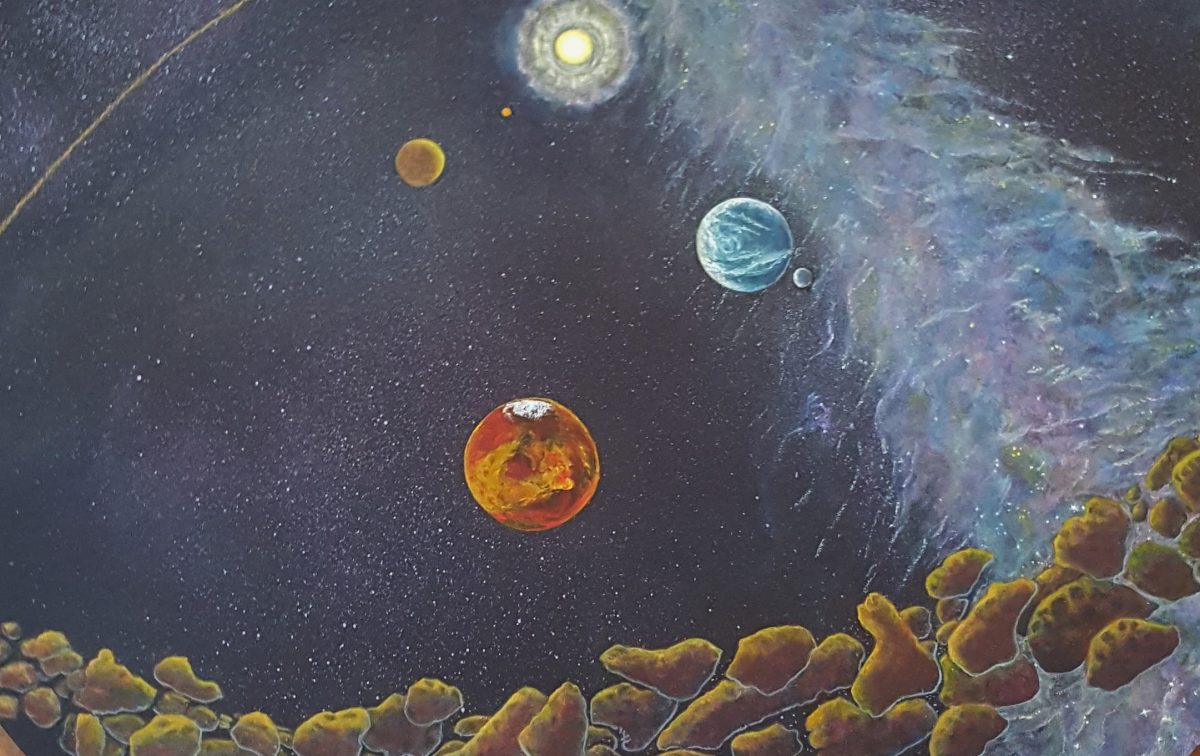
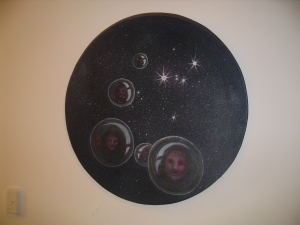

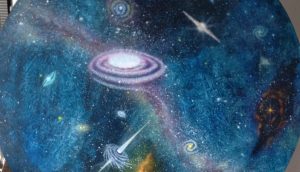
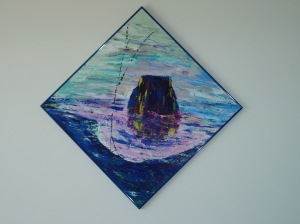
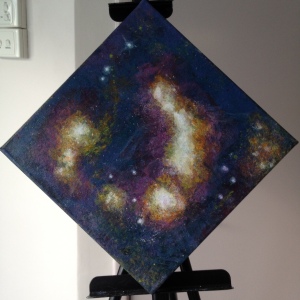

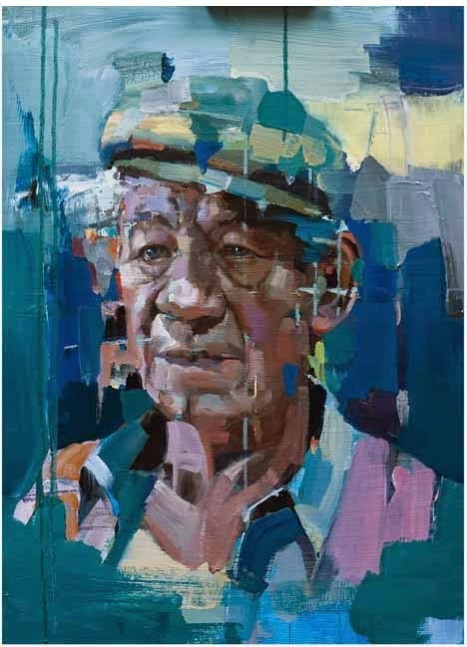
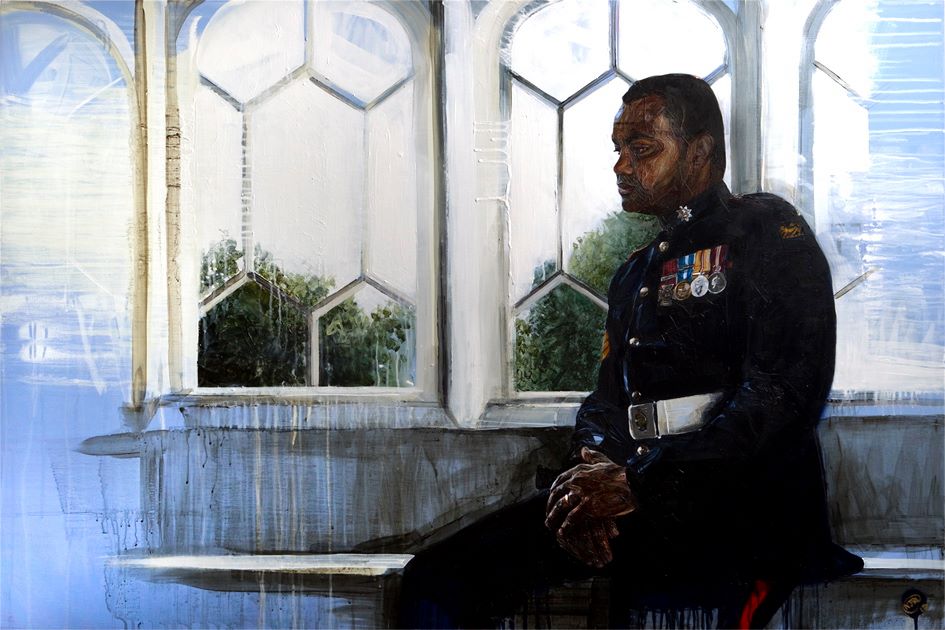









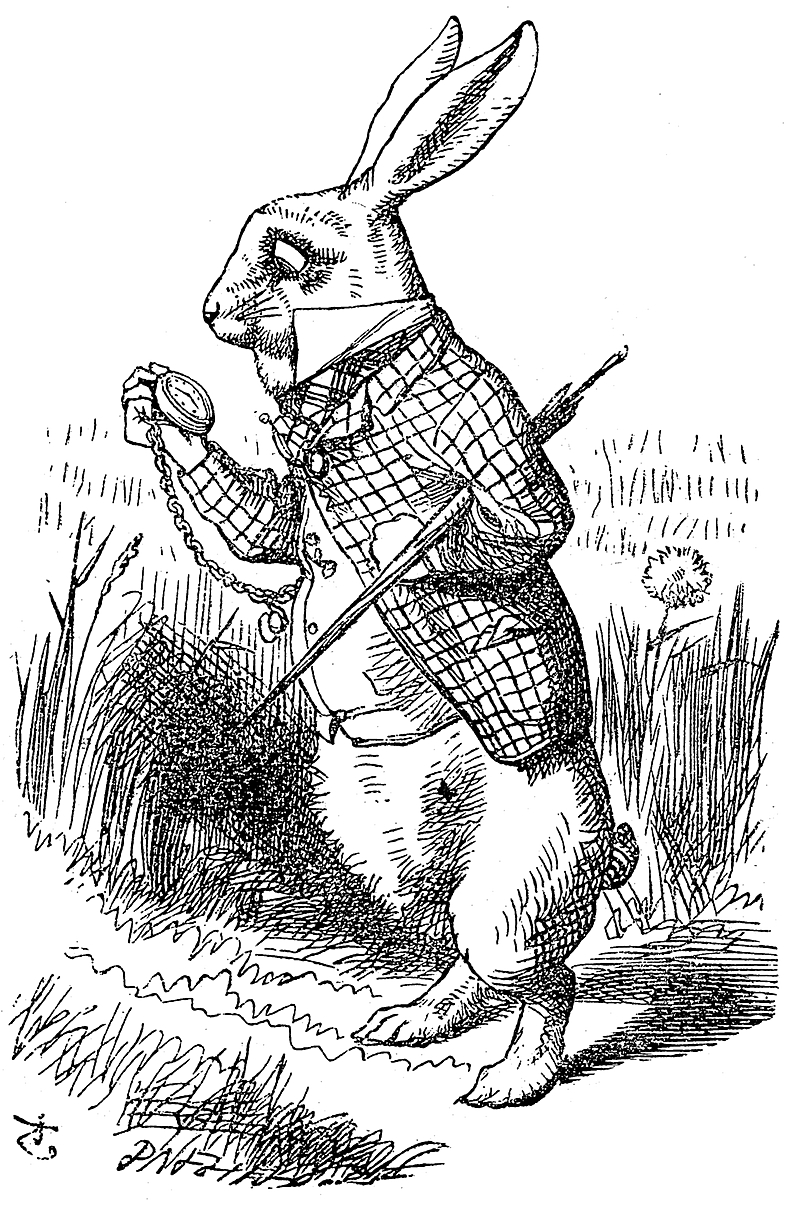



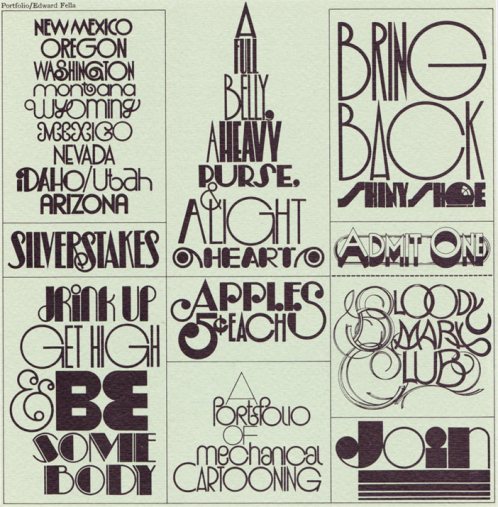
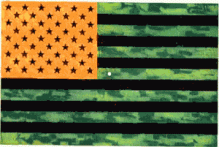






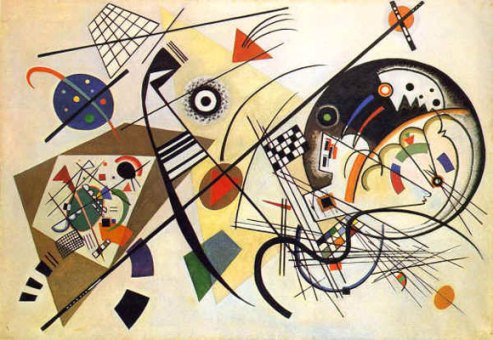
 The Key – Pollock
The Key – Pollock
















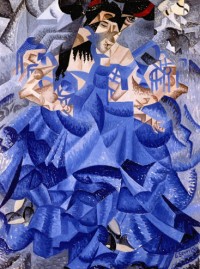

,_Albright-Knox_Art_Gallery.jpg)


